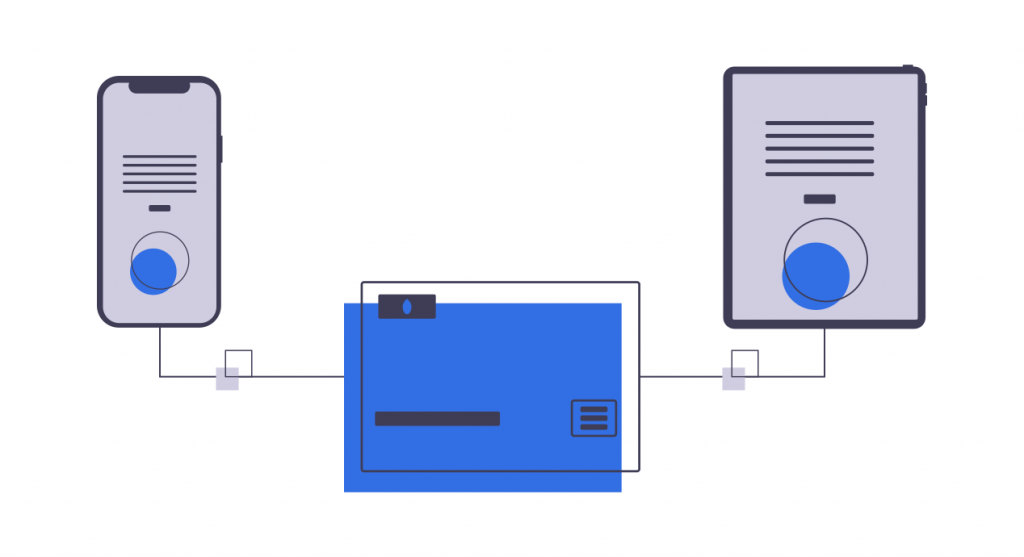What is Dynamic DNS
One of the several methods used in the DNS system to automate the update of name servers is classed Dynamic DNS (DDNS). Ninety percent of the time, the process of configuring hostnames, addresses, and other relevant information happens in real-time.
In networking, Dynamic DNS is often used to refer to a couple of different concepts:
- Dynamic DNS updating refers to systems that don’t require manual editing to update traditional DNS. These systems usually employ the TSIG protocol to ensure the security of the process.
- Dynamic DNS is also used to describe the process of making light, nearly real-time updates via an update client without the RFC2136 standard. These clients are perfect when peers are using devices that frequently change their location, and respectively – their IP address.

Dynamic DNS History
Dynamic DNS has its roots in the dawn of the Internet. ARPANET, the modern World Wide Web ancestor, used static translation tables to address hosts on the network. These tables existed in the form of host files on the server itself. The Domain System Name allowed the distribution of that information actively throughout the network. A little bit later, in 2007, ISP started using the Dynamic Host Configuration Protocol (DHCP) to assign IPs to peers. The Dynamic DNS was ratified by the IETF in 1997, and since then has become one of the foundation stones of the modern Internet.
